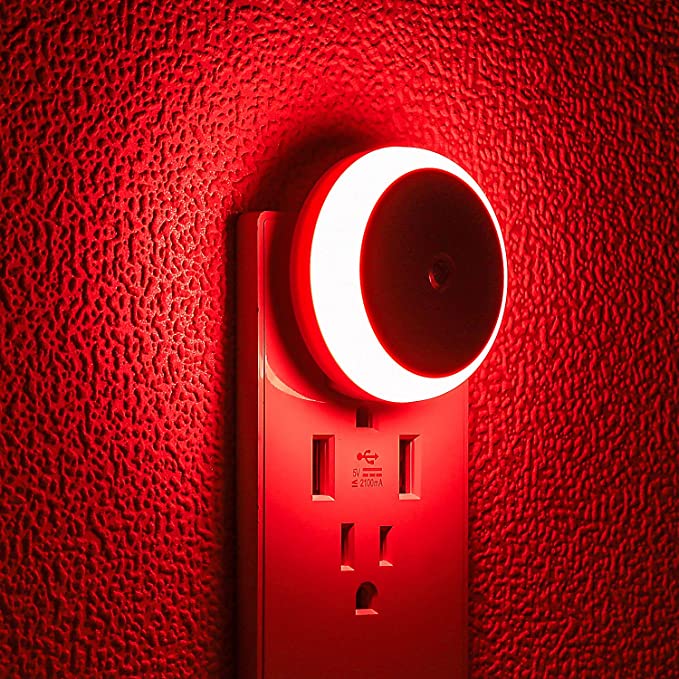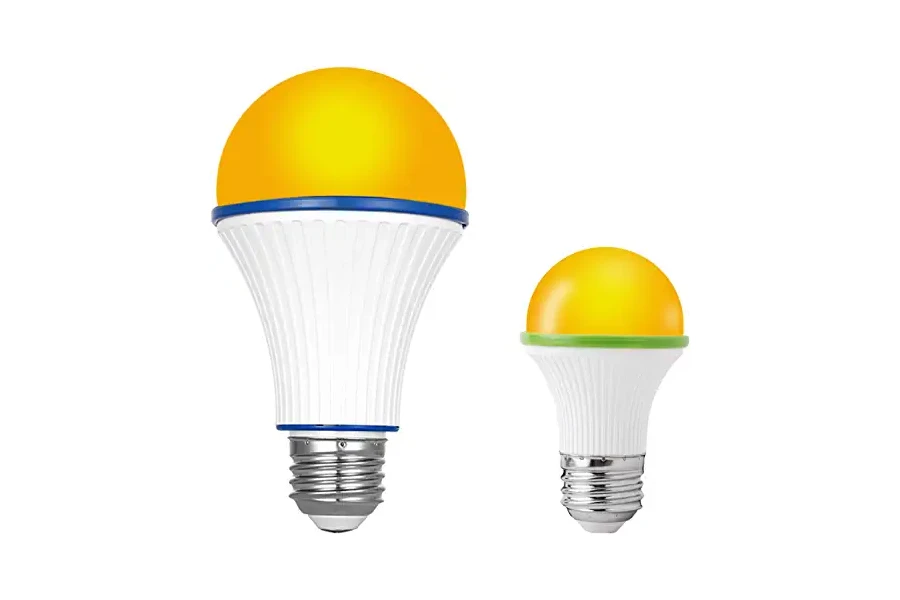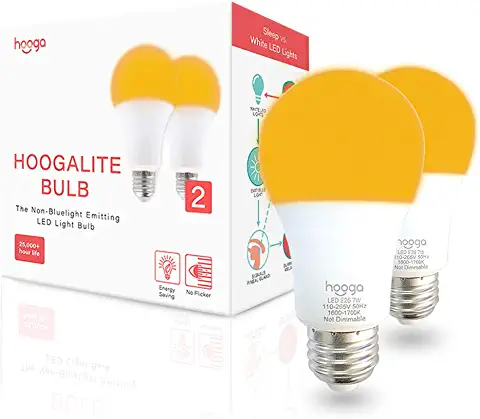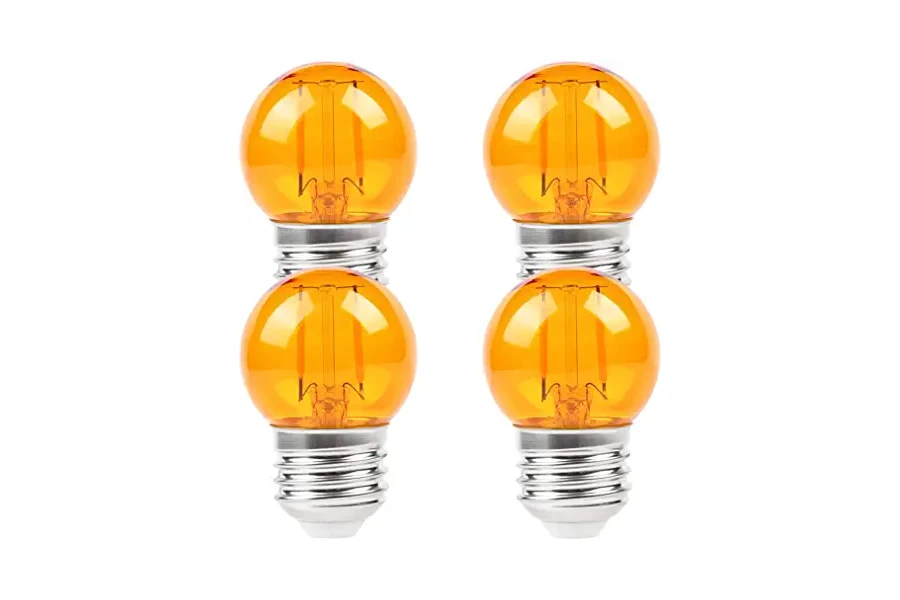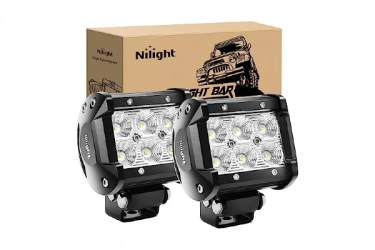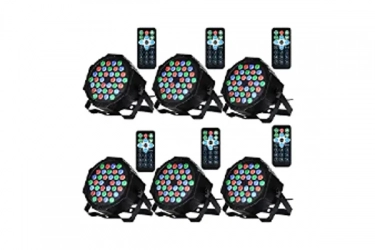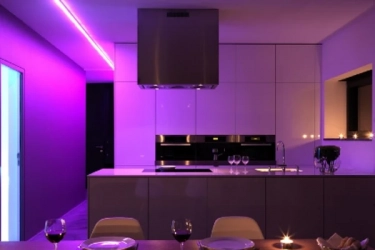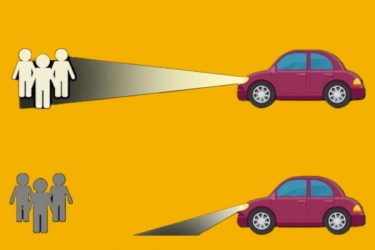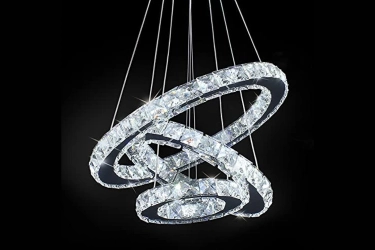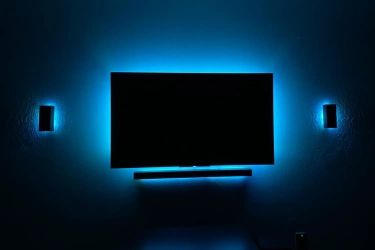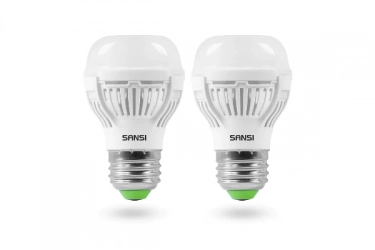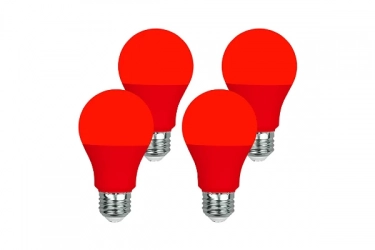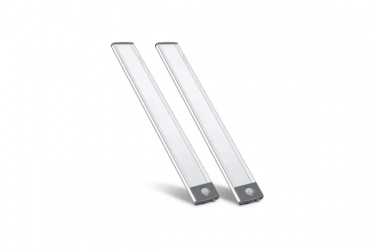We independently research, test, review, and recommend the best products. If you buy something through our links, we may earn a commission.
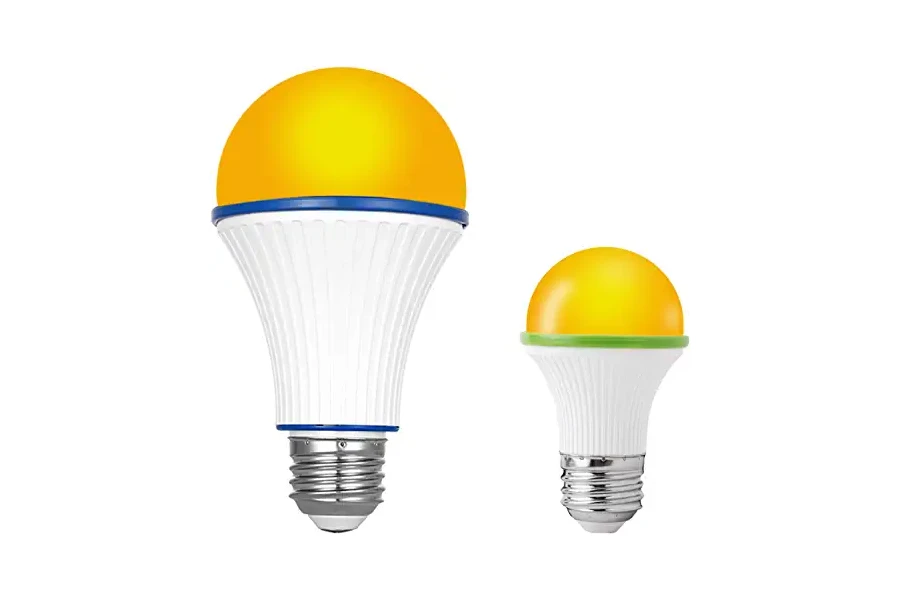
Best Color Light For Sleeping - A Complete Guide
Did you aware that there are some relaxing best-color lights for sleeping? The best color light for sleep should be carefully chosen because light affects our sleep cycle significantly. It's harder to get to sleep when the lights are brilliant white or colorful. You naturally expect that a warm white, green, and blue light might be the perfect option to create a relaxing ambiance when you consider the best color light for sleeping. You'll be shocked, though, at how inaccurate that is.
Numerous facts about how we are affected by what we see are revealed by color psychology. Apart from their cultural connotations, most colors cause comparable psychological responses in people. Some colors irritate or thrill you, while others quiet and pacify you, helping you to relax.
Therefore, if you frequently struggle to fall asleep or wake up during the middle of the night feeling entirely conscious, it may be because of the color of your lighting. Because of this, we'll explain what color light helps you sleep in this article and give you the best color light for sleeping.
How Does Calming Color Light Help You In Sleep?
Your body signals your brain to stop producing melatonin, a potent hormone that promotes sleep, when you look at a bright, somewhat bright light, such as from your room lights. Unfortunately, many of us suffer the all-too-common experience of waking up during the middle of the night, whether it be due to a child or just because our bodies can't seem to sleep, and the effects may endure for the rest of the day.
Many people commit the same error when they have trouble falling asleep again: they turn on a bright light bulb, mostly in the middle of the night. We've known for a while that blue light can mess with our body's internal clocks. It has been found that our light-emitting e-readers interfere with our ability to fall asleep by preventing the body from producing melatonin and increasing our stress levels.
Here are some of the key benefits of utilizing the lightest, most calming colors light for sleeping:
- Release of melatonin naturally
- Being at peace and in sync with your biological rhythm
- Prevention of sleep inertia
- Awakening with a feeling of increased alertness and focus
- More peaceful and improved sleep
- Muscles are relaxed.
What Are The Best Color Light For Sleeping?
You should be aware of which colors to stay away from and which ones to invest in, and also what color led light helps you sleep. if you want the light to fall asleep or are seeking the best color light for sleeping to add to a room. We provide you with the best color light for sleeping.
You May Also Read
Red light is one of the best-led colors for sleep that is most usually recommended for rest. Red light has been shown to improve the quality of sleep and hasten the procedure of falling asleep. Making the switch to a red light a few hours before bedtime can make it easier for you to fall asleep, and then if you awake in the middle of the night, the red light will make it easier for you to get back to sleep than regular soft white light, that contains other colors that promote alertness.
Red light bulbs are reasonably priced and widely accessible. You can find red LED lights that are suitable for use as nightlights or choose a red hue from a smart dimmable LED light bulb put inside a table lamp.
Amber is a different color of light that promotes sleep. It has been proven that being around amber light increases melatonin levels and improves sleep. This shade of light is great for improving sleep because it is relaxing. Amber lighting promotes relaxation. It might also be connected to an uptick in the mood.
We may not be aware of how many blue light-emitting modern light sources, including electronic devices like computers, TVs, and even smartphone screens, are all around us all the time. All of these gadgets produce a lot of blue light, which confuses your circadian cycles and prevents melatonin from being secreted. By choosing amber lighting for your home, you may protect your eyes from damaging blue light and make it simpler for you to fall asleep.
Another great option is yellow light, which has been shown to accelerate the process of falling asleep and improve the quality of sleep. Yellow is one of the hues that has the least blue.
When Should You Use These Best Color Lights For Sleeping?
Red light bulbs which are designed to emit no green or blue light, are a little bit dimmer. These are best utilized as reading and night lights in restrooms and bedrooms. You can read & see during the night by using a red light bulb, which also emits a sunset-like deep orange-to-red hue. You are sure to have the finest possible sleep thanks to these red light bulbs.
Use amber lights specifically made to block blue light as an overall bulb throughout your home. It will give you enough brightness and color while altogether avoiding harmful blue light. Therefore, you can switch out the standard light bulbs in your home for amber ones that produce a lovely, warm, and peaceful atmosphere while shielding you from dangerous blue light.
The ideal situation is to have both red and amber light bulbs in your home. The red light bulbs can be utilized a few hours before night, while the amber light bulbs can be used in your home's ceiling lights.
When getting ready for bed, avoid using the following hues:
- Blue light must be avoided at night. Avoid blue light for at least one hour when you intend to go to bed. You can accomplish this by avoiding screens like those on TVs, computer monitors, & mobile gadgets. Studies have shown that nighttime exposure to blue light can also cause glare, eye fatigue, and a delay in the body's normal slumber signal. Melatonin is also suppressed by blue light. The best sort of LED light to use to keep alert is blue, but you should avoid it at least an hour prior to bedtime to assist your body in preparing for sleep.
- White light, which includes all the colors of the visible spectrum, has been shown to improve alertness & cognitive function. When used during the day, white light is a fantastic alternative, but it must be avoided at night.
Conclusion
Red & Amber are the finest colors for night lights because they are warm, calming colors that encourage sound sleep. Avoiding bright lights and artificial blue light in the evening can undoubtedly help you stay away from sleep-related problems like insomnia.
Ideally, you shouldn't turn on all of the lights in your home before going to bed. Instead, make the greatest mood and lighting before bed by using red, amber, and yellow light bulbs.


